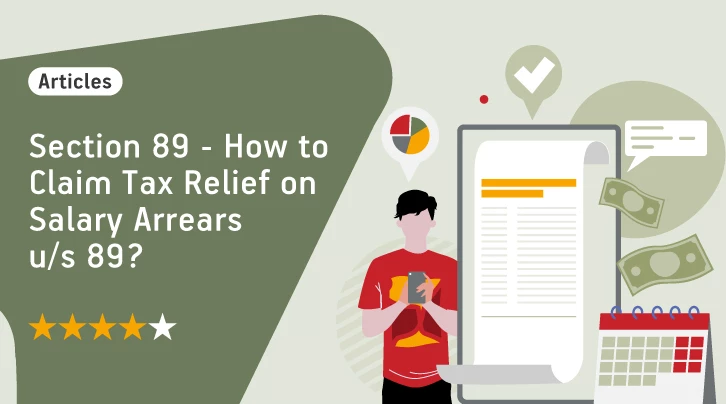Equity Fund ETF Hybrid Fund Funds of Funds Index Funds ELSS Fund (Tax Saving ) Mutual Fund Calculator Hybrid Funds Multi Cap Funds What are Hybrid Funds What is ELSS Fund What are Flexi Cap Funds? How to Track Mutual Fund Investments? CAGR in Mutual Funds What is Liquidity? Investment Options Equity vs Debt Funds Passive Mutual Funds Exit Load in Mutual Fund What is ITR? Income Tax Slabs STCG in Mutual Funds How to Invest in Nifty Index Fund? Mutual Fund VS Direct Equity Types of Equity Mutual Funds What is ROI? Financial Planning OTM in Mutual Funds PE Ratio Market Mood Index Market Sentiment Relief Under Section 89(1) XIRR in Mutual Funds NFO in Mutual Funds Folio Number in Mutual Funds Dynamic Asset Allocation Funds What is NAV What is Multi Asset Allocation Fund? How to Invest in ELSS Funds? Ultra Short-Term Mutual Funds Income Tax Surcharge
-
Our Products
Our FundsFocus Funds
-
Self Care
Self-ServiceFind InformationWays To TransactPartner Solutions
-
Downloads
- Learnings
- About Us
-
More
-
Shareholders
-
Shareholders
-
Updates
-
-
SIP Calculators
- Back
-
Shareholders





 1800-270-7000
1800-270-7000




